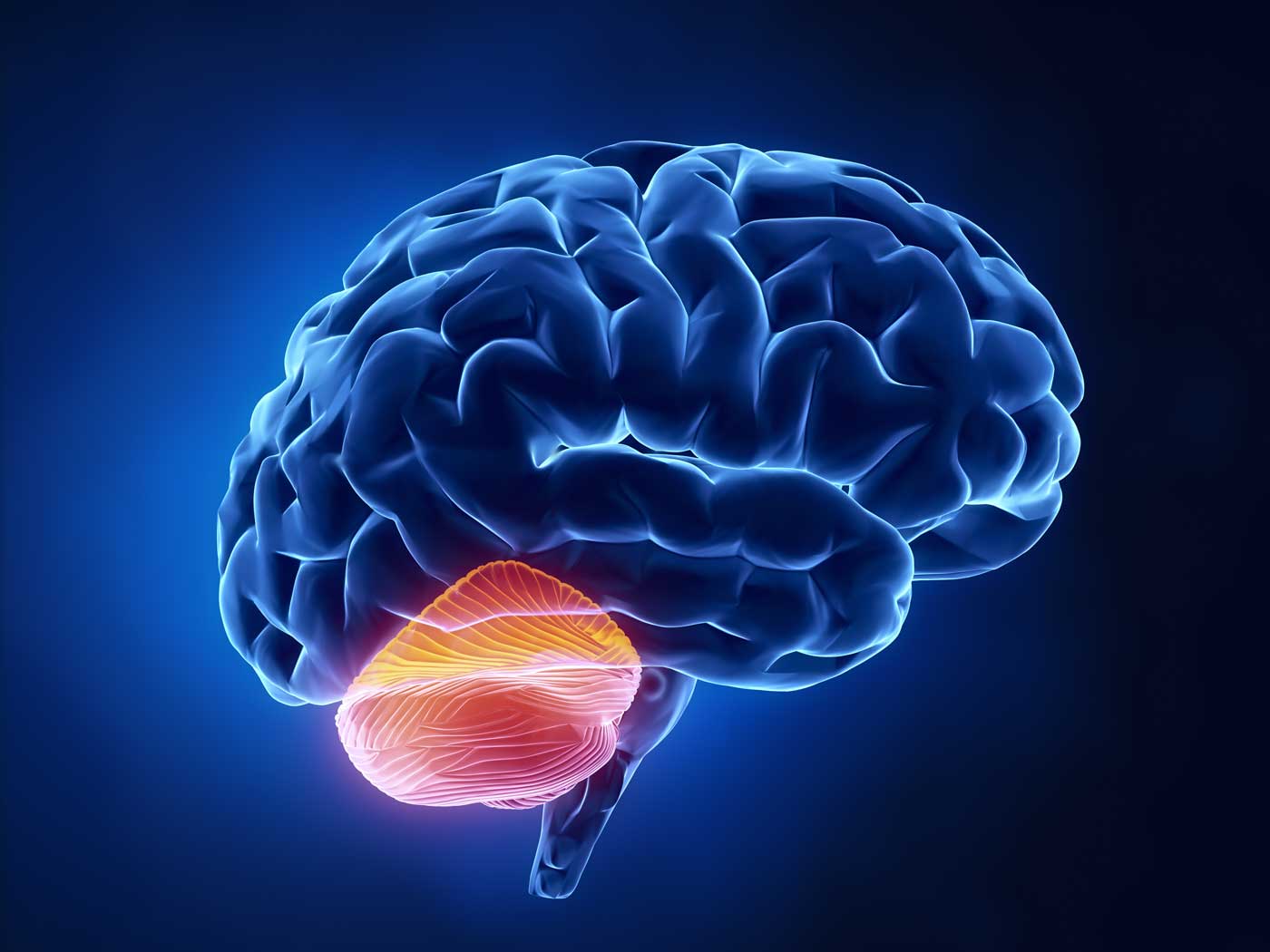Good neighborhoods provide families a lot of protection, but even the best of communities remain vulnerable to the threat of criminals invading their homes. Our human bodies are also vulnerable to foreign invaders such as bacteria, viruses, fungi, and parasites. But when these infection-causing microbes break in where they don't belong, they face a serious defense force, eventually to be caught and destroyed by a highly trained, cell-sized army equipped with a sophisticated array of weaponry. That security force is called the human immune system. Designed with amazingly dynamic communication networks that pass information back and forth between hundreds of millions of cells, the human immune system strategically fights off microscopic invaders and remembers them each time they attack the body.
Without this defense system, none of us could survive, much less reach maturity. When the immune system becomes weak due to disease, immaturity, or deterioration, death is far more likely from infection or cancer. Medical intervention attempts to keep the immune system intact, but little help can be offered once it collapses.
Preparing the Immune System for Conflict
Like any conflict, the first priority must be to distinguish friend ("self") from foe ("non-self"). Cell surfaces are covered with hundreds of protein markers differing in type and combination. One very important marker, the MHC1, is on almost every cell (except red blood cells). Like all proteins, DNA specifies its makeup. But MHC markers are special. The possible genetic combinations as to exactly how it will "look" are so large that no two people have the same combination (except possibly identical twins). As cells recycle materials, this marker actually takes tiny portions of their unique cell fragments and displays these on the surface. In the womb the immune system is "programmed" to recognize "self" by learning, in a sense, what these surface markers look like. Immune cells programmed to recognize self reside in the lymphatic and blood systems. Their color is grayish white not red, so they are called the white blood cells, or WBCs.
New generations of WBCs start forming in bone marrow. Specific hormones in the marrow or the thymus gland control programming so knowledge of "self" is passed on. This is important because WBCs operate on only one creed--any marker on any surface that is not totally "self" is "non-self" and will be attacked and destroyed. Markers play a pivotal role throughout the process. Non-self obviously includes bacteria, viruses, fungi, parasites, and toxins like snake venom. One’s own cells may be included if infected inside by viruses or internally transformed by cancer. If so, portions of these non-self proteins are carried from inside and placed on the cell surface by the MHC. This, in effect, marks its own cell for destruction.
How Microbial Threats are Identified
Hundreds of millions of microscopic invaders that trigger defensive immune responses are collectively called "antigens." Among the WBCs, "T cells" and "B cells" are the key players in mounting very specific responses to threats and then keeping these in memory. Once these cells mature, they not only recognize self but will express a receptor that will bind primarily to one type of antigen. Each of these cells may have over 200,000 receptors on its surface. The process controlling maturation--colloquially called "cellular boot camp"--is exquisitely selective. If T or B cells fail to recognize their specific antigen or show any reactivity against "self," they are tagged with proteins prompting self-destruction. About two percent of manufactured cells make it through boot camp. These cells have not yet been exposed to antigens so they are "naïve" to their threat. They are sent to lymph nodes, other tissues, or simply circulate waiting to be exposed. Exposure for some is almost immediate, while others may never be exposed.
Since T or B cells make well over one billion different receptors, some researchers assert that no environmental threat exists for which a matching receptor has not already been made. So humans are not passively waiting for invading microbial antigens to determine which receptors will be made. Rather, the body has cells ready to meet any antigen that arrives. Some cells even have receptors for antigens that have never existed in nature. This incredible inventory of receptors is specified by genes in DNA, yet the total number of genes currently identified in humans is about 26,000. Actually, T or B cells in the boot camp only use a few hundred genetic bits of information, but these are controlled by an elaborate process that shuffles segments, allowing an astronomical number of combinations. One receptor region determines its classification and allows it to interact with other cells. Another region is variable and will "fit" to some antigenic marker that initiates identification and the attack.
Microbes commonly invade through the mouth, lungs, or broken skin. Anticipating the invasion are millions of cells called APCs (Antigen Presenting Cell), which are strategically located in places like the tonsils or just under the skin. APCs constantly sample anything entering the body, and invaders are killed, their cells are broken apart, and many tiny portions--the antigens--are carried by these APCs to lymph nodes and "presented" to T or B cells. T cells that "fit" the antigen become activated. Some T cells may also run into APCs on chance encounters while circulating in blood. A race begins the moment an invader enters the body. Many microbes reproduce rapidly, so the body must destroy them while they are fewest in number.
Activating a Specific Immune Response
Activated T cells initiate immediate and wide-ranging responses. At least 20 different chemical signals are sent throughout the body. Some attract "helper" T cells, "natural killer" cells, "cytotoxic" T cells, and other WBCs to home in at the site of infection. B cells are activated by these T cells, APCs, or directly by antigens. The chemical signals also drive many other important functions.
Activated B cells start reproducing lineages of exact clones. Most clones are directed to undergo dramatic internal restructuring, thereby becoming cells able to make an antibody--an extremely important protein for fighting infection. These antibodies have regions that "fit" to antigens via similar genetic shuffling mechanisms as its "ancestor" B cell. However, an intricate cyclical process ensures that the antigen-antibody fit gets progressively better by becoming even more specific. How? The B cell's genes prescribing variable regions have genetically unstable areas guided by a mechanism that fosters hypermutation--totally random genetic mutations resulting in very slight changes to variable regions from one lineage of antibodies to another. A few new antibodies will fit to the antigen a little better than others. Right on schedule, another type of cell takes the best fitting antibody-antigen package to a special location inside lymph nodes. The B cell making that antibody continues to the next cycle, while all other B cells that made less specific antibodies are sent a signal to self-destruct. After about six days of these mutation-selection cycles, thousands of cells will be making highly specific antibodies--and each of these cells manufactures antibodies at rates of about 2,000 per second.
Eliminating Threats
Invaders now face an extraordinarily fierce two-pronged attack. Antibodies may directly neutralize some threats like toxins, cause some antigens to clump together harmlessly, or most importantly, cover other microbes with thousands of antibody "bull's eyes" targeting them for certain destruction. Once microbes are marked as non-self, there are very few places to hide. Once found, immune proteins may attach to microbes and punch hundreds of holes in them, additional cells may split them apart, other cells may attach to them and inject substances causing them to self-destruct, and many more may engulf them and force them into internal "sacks" filled with acid, hydrogen peroxide, or bleach.
Toxins like those from tetanus bacteria or snake bites act so fast that ready-made antibodies from another person or a horse must be injected in victims to neutralize the toxin. More often, after someone's initial exposure to an antigen, a few B cells that made the most specific antibodies transform into long-lived cells called "memory" B cells. When memory B cells (and memory T cells) see that antigen later, the entire immune response revs up stronger and produces huge quantities of antibodies in just a couple of days. Vaccines are compounds containing portions of dead or weakened antigens to deliberately expose people and, thereby, get their immune system primed. Often-fatal childhood diseases like smallpox, measles, and polio have been greatly reduced with this strategy. A newborn's immune system needs developmental time, but is conferred good initial protection by antibodies from his mother that cross the placenta and from his mother's milk.
Conclusion
The immune system doesn't have even one central dedicated organ--it is a functional system dependent on every other body system, which themselves would not survive without immunal protection. It's a complex system, and every area fights selflessly to rid the body of its foe and cleanse it of deteriorated cells. The immune system's Creator, the Lord Jesus, is even more astounding. For "Christ also loved the church, and gave himself for it" (Ephesians 5:25). As typified in the immune cells He created, He, too, is mighty to save and protect His Body, even when acting to His own detriment.
* Dr. Guliuzza is ICR's National Representative.
Cite this article: Guliuzza, R. 2009. Made in His Image: Immune Systems, The Body's Security Force. Acts & Facts. 38 (11): 10-11.
























